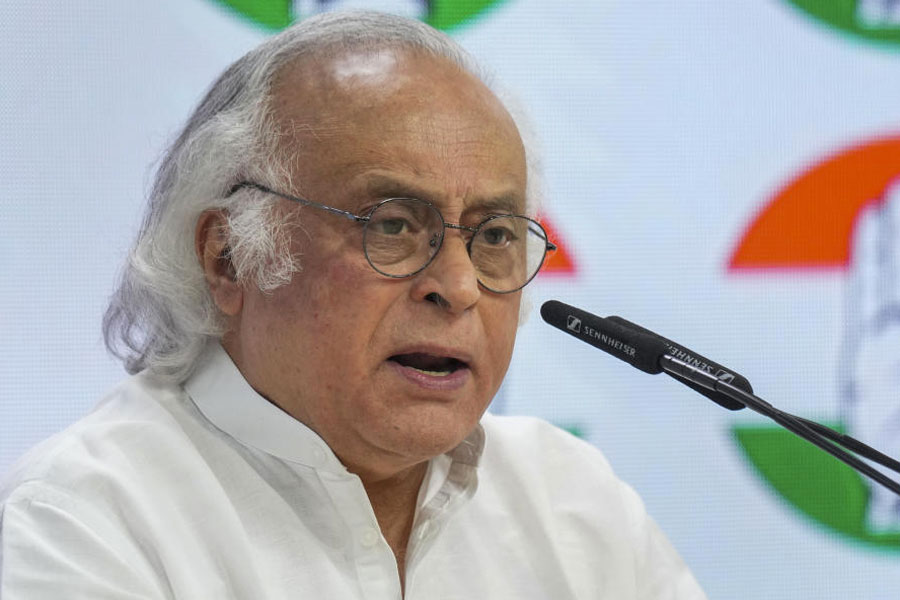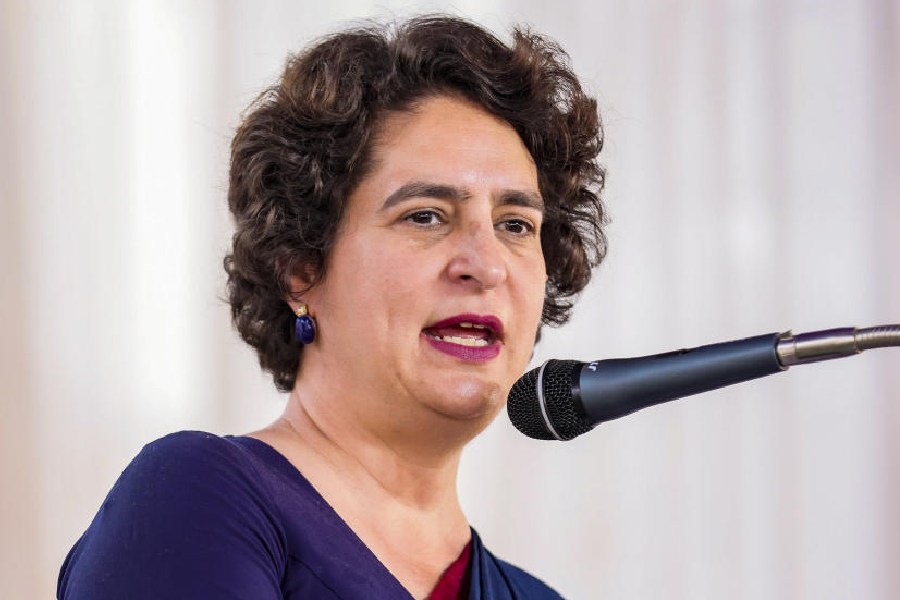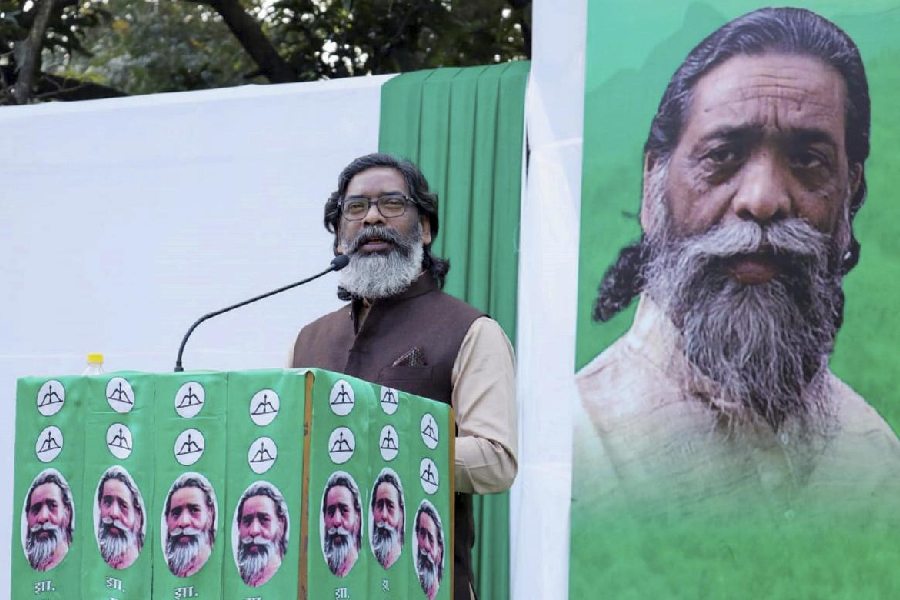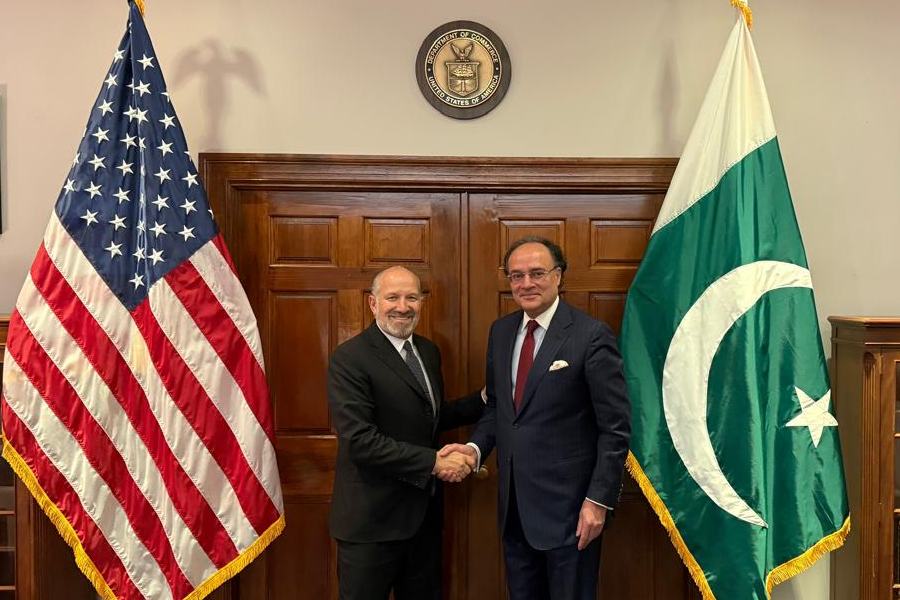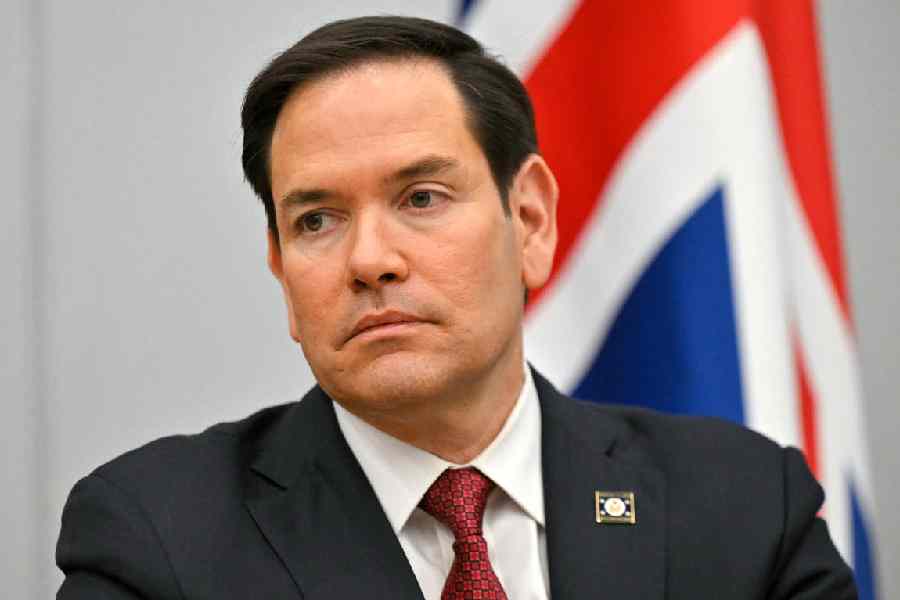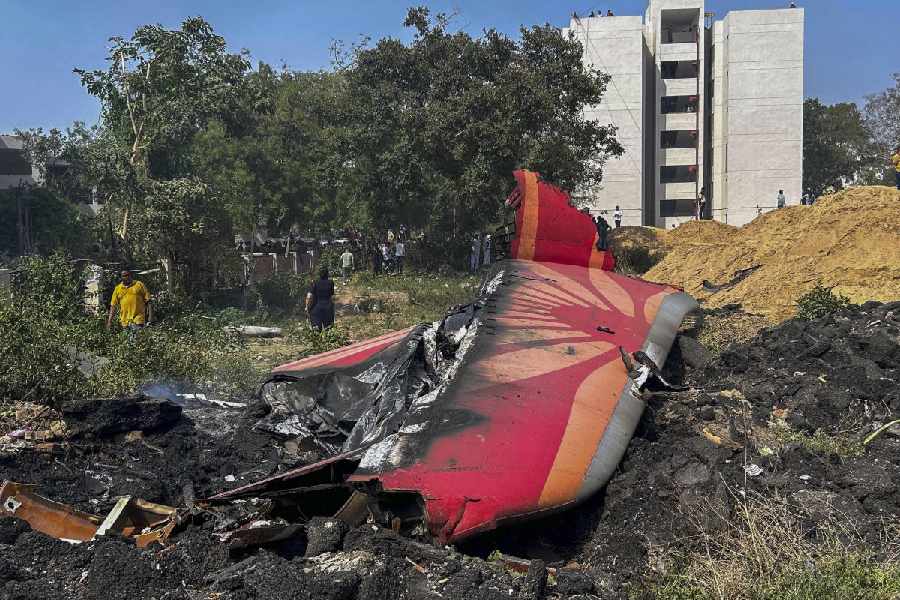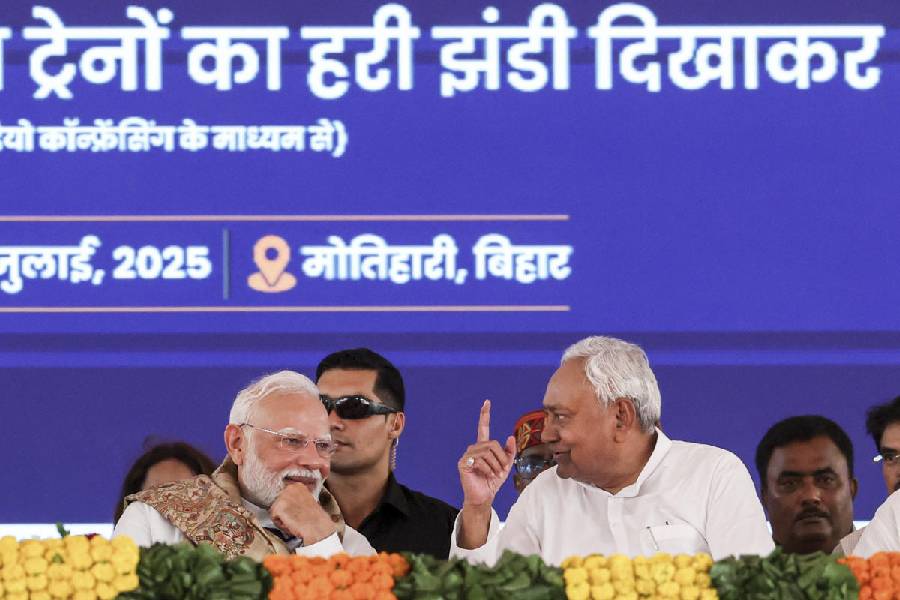 |
 |
 |
Wasseypur cannot be a hospitable place when a taxi driver gives you directions followed by an undesirable rider: Don’t go there after 8 at night, wahan kuch bhi ho sakta hai. Or so you would think, until a visit proves it wrong.
The Muslim township in the heart of Dhanbad, which has been thrust into the limelight by Anurag Kashyap’s gangster flick Gangs of Wasseypur much before its Friday release, willy-nilly evokes an image of a hotbed of crime in the minds of people in the coal capital.
Residents of Wasseypur fear the movie will simply relay the negative perception to audiences across India. Going by the movie trailer, which says, “In Wasseypur crime is inherited,” their fear is not unfounded even though the film wasn’t shot there.
Zaved Khan, a resident social activist who has filed a writ in Jharkhand High Court against the release of the film, says, “The reality in Wasseypur is different from what is being depicted in the film. The film is based on the coal mafia, which has no presence here. It’s a conspiracy to bring a bad name to Wasseypur.”
Zaved, who is also the president of the BJP’s district minority cell, says that he, along with nearly 200 others, had sent written notices to the censor board and the information and broadcasting ministry, asking for a stay on the release of the film.
Nisar Alam, the president of Wasseypur Chamber of Commerce, echoes Zaved’s concern. Both claim that a negative portrayal on celluloid can work against the people of Wasseypur. What if the children are denied admission to the best educational institutes or outsiders refrain from marrying into a “crime belt”, they ask.
Alam points out that a majority of the professionals in the town are businessmen and contractors, while the area also has an officers’ colony with employees of BCCL and Tata.
He rattles off names of warring coal barons such as Suryadeo Singh, Sakaldeo Singh, Ramadhir Singh and Suresh Singh, who over decades built the enduring mafia. The movie should instead have been aptly named Gangs of Jharia or Nirsa, he suggests.
What is Wasseypur’s association with crime then?
Nirsa MLA Arup Chatterjee makes a distinction. “There’s no coal mafia in Wasseypur, but (iron) scrap mafia.” The names of rival dons Sabir Alam and Fahim Khan, lords of two mafia families that have had their own history of bloodletting, crop up.
Chatterjee says that with an all-powerful mafia, be it coal or scrap, the police and administration can’t do much. They let a battle of attrition rage on, as rival groups inflict pain and cases on each other, he adds.
Sabir Alam, who was awarded life sentence in 2007 for the murder of Fahim Khan’s mother and aunt, is out on bail in Wasseypur. His rival is in jail in Hazaribagh. Locals say the two were close friends once and “ate from the same plate”. Khan enjoyed clout in the scrap trade and rangdaari (extortion) business from earlier, but when Alam entered the arena, the two turned foes.
“Kehte hai na, dushman ke dushman dost hote hai. Aarop bhi laga tha ki Singh Mansion (residence of the late Suryadeo Singh’s family) Sabir ke saath hai (Common enemies make friends, so it was alleged that Singh Mansion had backed Sabir),” said a local journalist.
The residents concede that Wasseypur has witnessed a revenge saga between two families. But that is as far as the question of crime in Wasseypur goes.
Championing the apparent popular resentment against the movie, Nisar Alam and Zaved Khan cite a dialogue featured in the trailer — “Yahan kabootar bhi ek pankh se udta hai aur doosre se apna izzat bachata hai (Even a pigeon here flaps one wing to fly and saves its dignity with the other)”.
“That is not the way we speak…Even the families of Sabir Alam and Fahim Khan do not want the name of Wasseypur to be spoilt,” says Alam.
They claim that things have changed for the better in Wasseypur, which has a population of over 1 lakh but no government hospital or municipal water supply yet.
“Children are doing well in studies, quite a few have become IAS officers. In the last five to seven years, education has grown and girls are equally interested in studies as boys, if not more,” says Alam.
But he would certainly watch the movie. There are no theatres in Wasseypur, but that shouldn’t stop people from watching a film based on their locality, he feels.
In response to the criticism, Zeishan Quadri, a Wasseypur boy who has written the script of the movie, says, “It is a movie and not a documentary”.
He accepts that the movie draws from crimes, which have occurred in Wasseypur, but denies it is based on any real-life characters. Sticking to a realistic plot, he wants the audience to draw connections.
He also questions the vocal resentment of a few. “Where were they when the murders and crimes took place over the years? Why haven’t they raised their voice against the lack of schools, hospitals or basic facilities in Wasseypur?”
But for all the purported bitterness, there is a sense of fellow-feeling, pride even, for Quadri.
Mohammad Zameer, 28, who owns a watch store, went to school with Quadri. He believes the movie will be a big hit. “Picture apne hisaab se sahi hai. Wasseypur ka thoda hai, par mila jula ke reality dikhaya hai. Wasseypur naam se hai, par kahaani Dhanbad ki hai. (The movie is true in itself. It’s about Wasseypur and other places in Dhanbad).”
Another youth, Mobasshir Azam, says he rarely goes to theatres but is sure that 90 per cent of the people of Wasseypur will watch this movie, which was not shot in the locality but parts of Uttar Pradesh, Bihar and Jharkhand. “Area ka baat hai na, isliye (It’s about our area, after all).”
The road to Bhuli, Asia’s largest labour colony, cuts through Wasseypur. Masoom Alam, one of the handful of private physicians in Wasseypur who runs his own clinic next to the narrow but busy stretch, says about Quadri, “woh apna hi ladka hai (he’s our own boy)”.
But he shares the fear of a negative portrayal and its impact on the people. “Only 0.1 per cent of the crime in Dhanbad happens in Wasseypur,” he says, adding the misconception persists within the coal capital itself.
Alam says if there is a clash in Bank More the trouble-makers are believed to be rushing off to Wasseypur. “Bank More se char rastein nikalte hai. Usme aapko Wasseypur hi kyun dikhta hai?” he asks.


